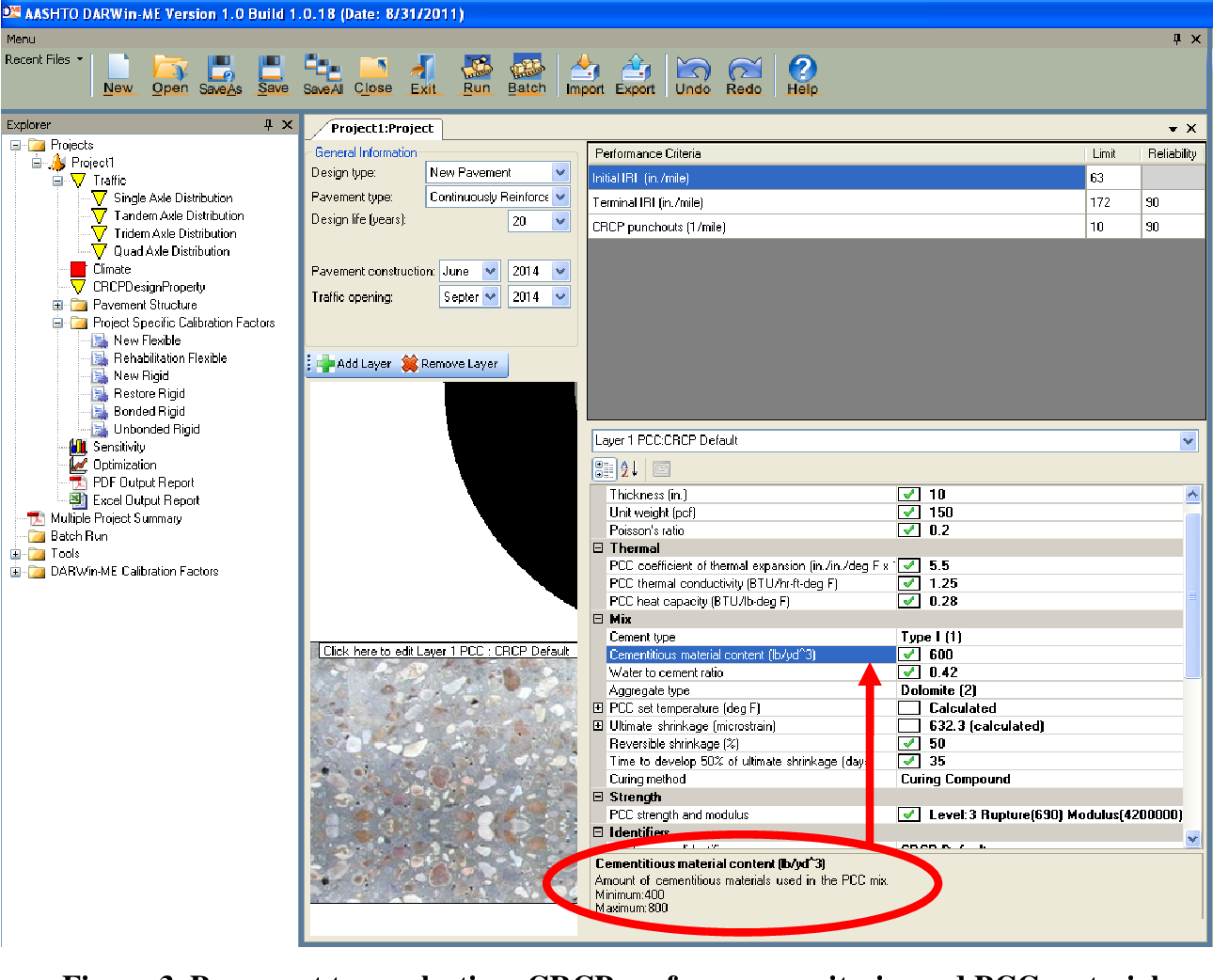
The MEPDG recommends that the pavement designer useĪs high a level of input as available. Inputs are based on expert opinion, and global or This level may also represent measured regional Or parameters using correlation or regression equa. Inputs are calculated from other site-specific data Highest investment of time, resources, and cost to obtain. The greatest input parameter knowledge, but requires the Laboratory testing of materials, deflection testing) and Inputs are based on measured parameters (e.g., The inputs levels included in the MEPDG are as follows
AASHTOWARE PAVEMENT ME DESIGN DOWNLOAD SOFTWARE
MECHANISTIC-EMPIRICAL PAVEMENT DESIGN GUIDE ANDĪASHTOWare PAVEMENT ME DESIGN⢠SOFTWARE OVERVIEW Necessarily use the same level of inputs for pavements onįarm-to-market roads as they would for an urban interstate. Or that every pavement needs to be designed with a high Of including a hierarchical level for inputs is based on theĬoncept that not all agencies will have detailed input data The input level, the same analysis is conducted), the idea Method is independent of the input level (i.e., regardless of The MEPDG includes transferįunctions and regression equations to predict pavementĭistress and smoothness, characterized by the Inter-Īnother integral aspect of the MEPDG is the incor. Ments, and moisture susceptibility of unbound materials These effects, for example, include aging inĪsphalt layers, curling and warping in concrete pave. Speed, cloud cover, and relative humidity in each pave. Used to model the effects of temperature, moisture, wind Properties using the Integrated Climatic Model. Consideration of climate effects on material Layers, elastic modulus for all concrete and chemi-Ĭally stabilized layers, and resilient modulus for unbound Ment layers is modulus (dynamic modulus for asphalt Laboratory and field testingĪre in accordance with AASHTO and ASTM test proto-Ĭols and standards. Materials property characterization includesĪsphalt, concrete, cementitious and unbound granular The MEPDG also provides the ability to analyze Provide default values for normalized axle-load spectraĪnd truck volume distribution by functional classifica. Truck traffic classification groups have been developed to Number of truck applications by FHWA vehicle class). Tors, and distribution of truck classifications (i.e., the Truck traffic is characterized according to theĭistribution of axle loads for a specific axle type (i.e.,Īxle-load spectra), hourly and monthly distribution fac. Ment design types, materials, traffic loadings, and climate The MEPDG can be used to analyze a broad range of pave. The products of these projects included an ME pavementĭesign guide, rudimentary software, and a performance pre. The Design of New and Rehabilitated Pavement Structures. Project 1-40, Facilitating the Implementation of the Guide for Of New and Rehabilitated Pavement Structures, and NCHRP Subsequently, NCHRP Project 1-37A, Guide for the Design NCHRP Project 1-37, Development of the 2002 Guide for theĭesign of New and Rehabilitated Pavement Structures, and On current state-of-the-practice pavement design methods

Joint Technical Committee on Pavements proposed a researchĮffort to develop such a design procedure that would be based Having recognized the need for a nationally developedĪnd calibrated ME pavement design procedure, the AASHTO Guideâs design procedure (e.g., limited material types, truckĬonfigurations that are no longer used, one climate zone) thatĬan be overcome using an ME-based design procedure. Nity reasonably well, there are a number of limitations with this Although theĪASHTO 1993 Guide has served the pavement design commu. Transportation agencies (39) utilize the AASHTO Guide for theĭesign of Pavement Structures (AASHTO 1993). highway and Canadian provincial and territorial

Since the late 1950s, pavement design hasĮvolved from empirical-based methods, such as that developedĪt AASHO Road Test (HRB 1961), to ME-based procedures,Īs described in the summary of survey results, the major. Traffic loadings, climatic effects, material properties, and exist. Mechanistic-based pavement design procedures incorporateįactors that directly relate to pavement performance, such as Tion provided in existing AASHTO documentation. Summarize the key points, rather than duplicate the informa. Ware Pavement ME Design⢠software, with the intent to Local Calibration Guide) (AASHTO 2010), and the AASHTO. Mechanistic-Empirical Pavement Design Guide (MEPDG The AASHTO Guide for the Local Calibration of the This chapter briefly describes the MEPDG (AASHTO 2008), Because it is UNCORRECTED material, please consider the following text as a useful but insufficient proxy for the authoritative book pages. Below is the uncorrected machine-read text of this chapter, intended to provide our own search engines and external engines with highly rich, chapter-representative searchable text of each book.


 0 kommentar(er)
0 kommentar(er)
